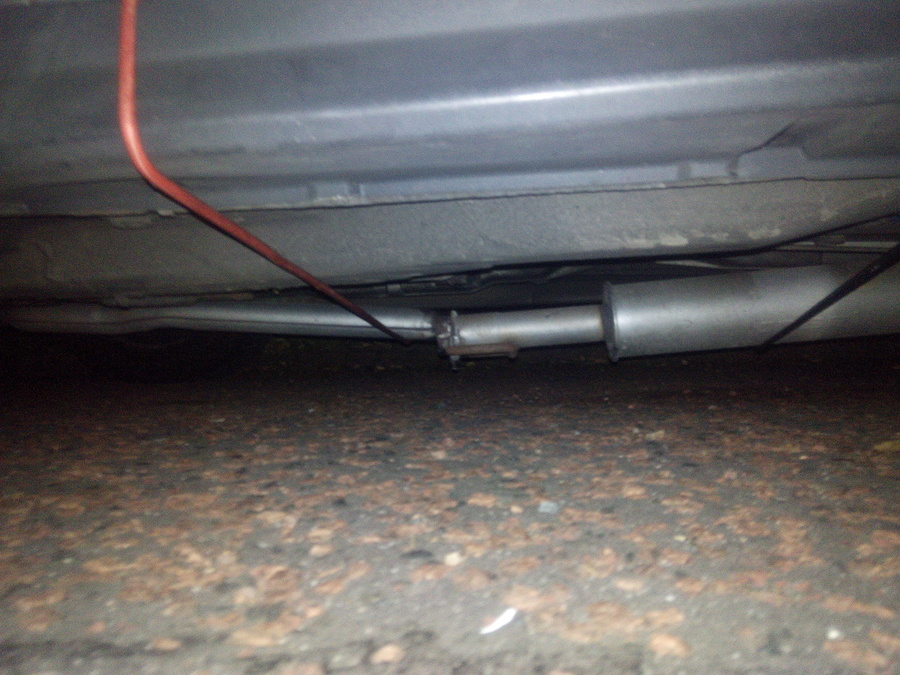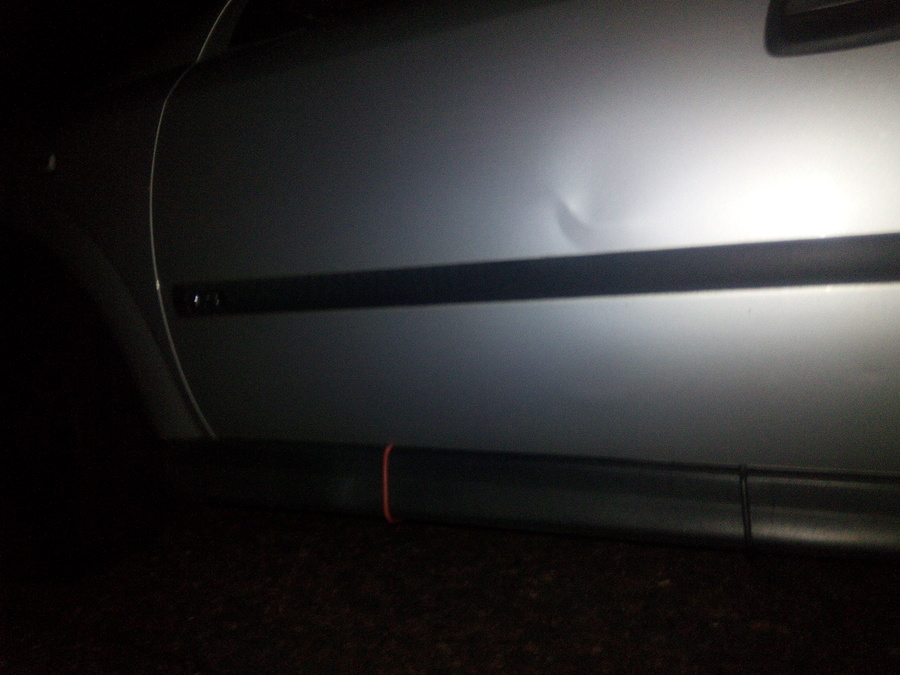We had a 12-hour power outage in my area. This created some unusual problems, for example my brother and myself had to dig out some board games to replace our PC strategy games, notably RISK over RA2:
We also all took the opportunity to do some electrical maintenance around the house while the power was out, since no-one had any objection to flipping the main circuit breaker. After that, we took a little drive out to get some food since we couldn’t cook in the house.
On the way back however, there was a loud crunch/clang followed by some harsh braking from me… We took a look under the car and saw that the exhaust (which should comprise of two joined parts) was in two separate pieces, with both scraping on the road. Attempting to drive forward would have wrecked the rear half, which was probably worth more than the car whilst reversing would have wrecked the front half, which was attached to the engine. We needed to secure the exhaust before we could move the car at all.
After an initial search for my usual car-rope* returned nothing, we dug out my jump-leads and hacked together a solution:
Jump leads, stretched under both parts of the exhaust, and locked into the front doors was more than sufficient to get us home. There were barely three inches of lead inside each door after stretching, so it was difficult to keep the leads in place while John closed the door, since I pretty much knew that my knuckles would get hit by the closing door. Also, using the doors to clamp the leads meant that John had to take a back seat for the ride home…
The next day we got the car up on ramps, and saw the problem – the mechanic who had done my last MOT had also adjusted the exhaust a bit, and the two halves should clip together under normal circumstances but he’d fixed them too far apart. It was a miracle that the exhaust stayed up this long, and pure luck that it didn’t collapse on a motorway at 80 69.5mph…
All in all, the jump-lead hack and some intense teamwork saved us from having to get towed at 1am, only a mile from home.
* i.e. Cat 5 ethernet cable. This has proven useful many times in the past, not least for securing bikes to the car without a proper bike rack…



